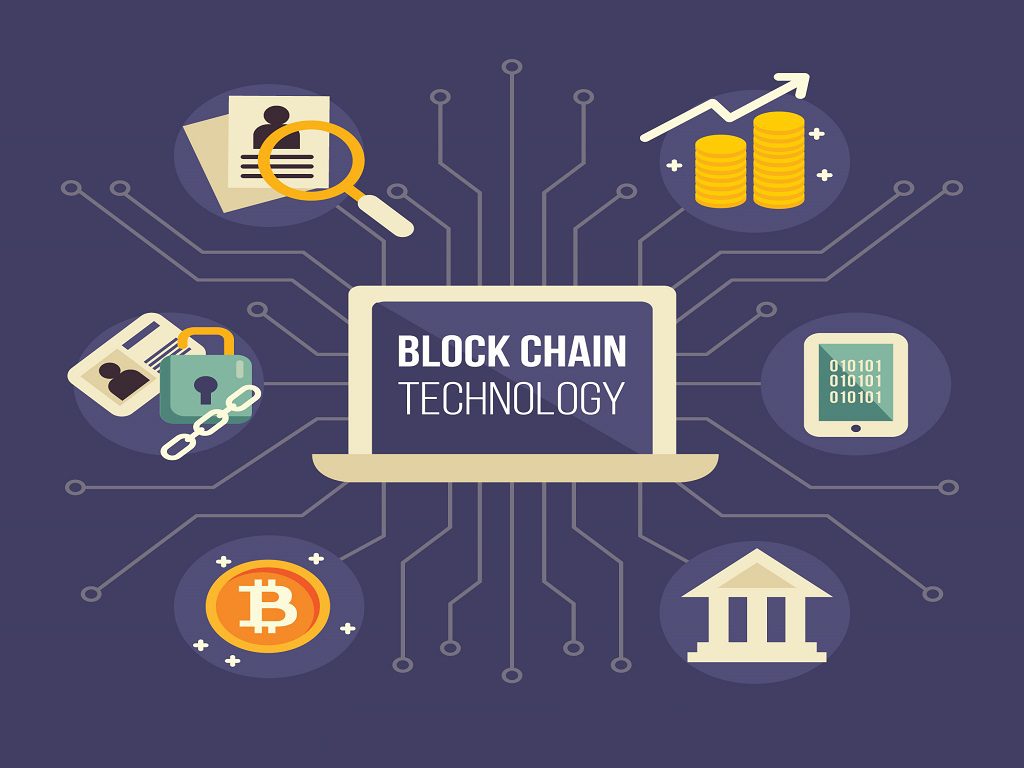In the digital age, few innovations have captured as much attention as cryptocurrency and blockchain technology. These two intertwined concepts are transforming how we think about money, ownership, and trust. What began as an experimental idea in 2009 with Bitcoin has evolved into a global phenomenon reshaping finance, business, and even governance.
This article explores the core cryptocurrency concepts, the mechanics behind blockchain technology, and why these systems represent one of the most important technological revolutions of the 21st century.
What Are Cryptocurrency Concepts?
To understand the cryptocurrency world, it’s essential to start with its fundamental concepts. Cryptocurrencies are digital assets designed to work as a medium of exchange without relying on a central authority such as a bank or government.
Unlike traditional money, cryptocurrencies operate on decentralized networks powered by blockchain. This structure ensures transparency, security, and independence.
Some key cryptocurrency concepts include:
- Decentralization:
No single authority controls the network. Transactions occur directly between users. - Encryption and Security:
Cryptocurrencies use advanced cryptography to secure transactions and wallets. - Public and Private Keys:
A public key is like your account number, while a private key acts as your password. Only with your private key can you access your digital assets. - Mining and Validation:
Transactions are verified by participants (miners or validators) who secure the network and earn rewards. - Digital Wallets:
These are software or hardware tools that store your cryptocurrency safely and allow you to send or receive funds. - Smart Contracts:
Self-executing contracts with terms written directly into code. They automatically execute when conditions are met, reducing the need for intermediaries.
These principles form the backbone of the entire cryptocurrency ecosystem.
How Blockchain Technology Works
At the center of all cryptocurrency concepts lies blockchain technology, often called the “digital ledger” of the future.
A blockchain is a distributed, immutable record of transactions maintained by a network of computers. Each transaction is grouped into a block and linked chronologically to previous ones, forming a chain.
Here’s a simplified breakdown of how blockchain technology functions:
- Transaction Creation:
When a user sends cryptocurrency, the transaction request is broadcast to the network. - Validation Process:
Network nodes validate the transaction using consensus mechanisms like Proof of Work (PoW) or Proof of Stake (PoS). - Block Formation:
Once verified, the transaction is added to a block with other transactions. - Block Linking:
Each block references the one before it, ensuring that records are tamper-resistant. - Permanent Record:
Once confirmed, the block becomes a permanent part of the blockchain, visible to all participants.
Because data on the blockchain cannot be altered without network approval, it provides unmatched transparency and trust.
The Power of Decentralization
Traditional systems rely on central authorities—banks, governments, and corporations—to process and store information. Blockchain disrupts this model by distributing control across a network of participants.
This decentralization means:
- There’s no single point of failure, making systems more secure.
- Transactions are faster and cheaper, with no middlemen.
- Censorship resistance ensures that no authority can block or reverse valid transactions.
- Data is transparent and verifiable by anyone.
This new approach to data management is one reason why blockchain technology is being adopted in sectors far beyond finance.
Advantages of Blockchain Technology
Blockchain offers a wide range of benefits that explain its rising adoption across industries.
- Transparency and Trust: Every participant can view verified transactions, ensuring accountability.
- Enhanced Security: Cryptographic encryption makes data nearly impossible to alter or hack.
- Efficiency: By removing intermediaries, blockchain speeds up operations and reduces costs.
- Traceability: Products and data can be tracked across supply chains, reducing fraud.
- Automation: Smart contracts allow businesses to automate processes with no human intervention.
These features make blockchain not just a technological advancement but a philosophical shift toward open, trusted digital ecosystems.
Beyond Currency: Blockchain in Real Life
Although it was invented for Bitcoin, blockchain’s potential reaches far beyond cryptocurrency. Today, industries are finding new ways to apply this technology.
1. Finance and Banking
Blockchain enables instant cross-border transactions without intermediaries, cutting costs and settlement times dramatically.
2. Healthcare
Patient data can be securely stored and shared on blockchain, protecting privacy while enabling efficient collaboration among providers.
3. Supply Chain Management
By recording every step of a product’s journey, blockchain ensures authenticity and helps prevent counterfeiting.
4. Real Estate
Smart contracts simplify buying and selling property by recording ownership and automating transfers.
5. Voting Systems
Blockchain-based voting platforms make elections more transparent, verifiable, and resistant to tampering.
These applications show how blockchain technology can build trust in systems where transparency is critical.
The Future of Cryptocurrency Concepts
Cryptocurrency continues to evolve rapidly. Emerging trends such as Decentralized Finance (DeFi), Non-Fungible Tokens (NFTs), and Central Bank Digital Currencies (CBDCs) are expanding blockchain’s impact.
- DeFi: Allows users to lend, borrow, and earn interest without banks.
- NFTs: Enable digital ownership of art, collectibles, and virtual goods.
- CBDCs: Governments exploring their own blockchain-based currencies to modernize monetary systems.
However, the future also brings challenges—like regulatory uncertainty, energy consumption, and scalability issues. Solutions such as layer-2 protocols, proof-of-stake systems, and green blockchains aim to make these technologies more sustainable.
As governments and institutions embrace blockchain, the line between traditional and digital finance will continue to blur.
Risks and Challenges in Blockchain and Cryptocurrency
Despite their advantages, cryptocurrencies and blockchain are not without risks. Investors and users should understand:
- Volatility: Prices of cryptocurrencies can fluctuate dramatically.
- Regulatory Risks: Governments are still developing laws to manage crypto assets.
- Security Threats: Although blockchain itself is secure, exchanges and wallets can be vulnerable.
- Scams and Fraud: The industry has seen its share of scams, especially in unregulated markets.
Education and careful research are key to navigating these challenges responsibly.
Why Understanding Blockchain Matters
Learning about cryptocurrency concepts and blockchain technology is no longer optional—it’s essential for anyone looking to stay informed about modern finance and digital transformation.
From secure payments to transparent governance, blockchain represents a new layer of trust for the internet. Whether you’re an investor, developer, or business owner, understanding this technology positions you ahead in a rapidly changing world.
Final Thoughts
Blockchain technology and cryptocurrency are not just trends—they are redefining how we store, exchange, and verify information. From empowering financial independence to transforming global industries, these innovations mark the beginning of a decentralized future.
As adoption spreads, learning about cryptocurrency concepts and the mechanics of blockchain technology becomes vital for anyone participating in the digital economy.
The journey is still unfolding, but one thing is clear: the blockchain revolution is here to stay.



































